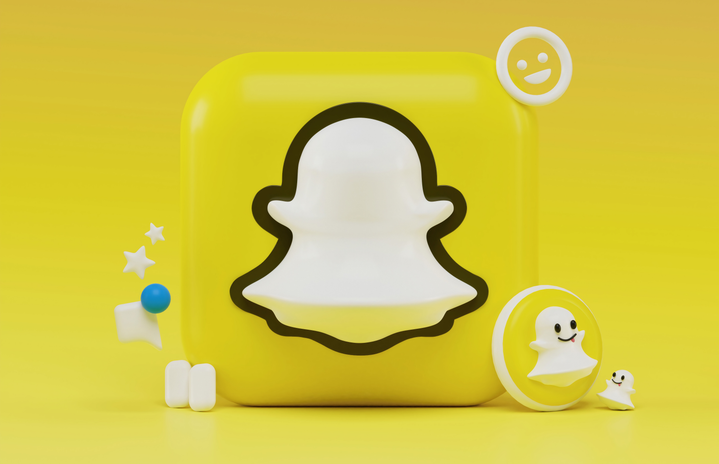Throwback to middle school when everyone downloaded Snapchat on their iPad Minis or iPod Touches. When “Streaks,” where the red letter S is written on a black screen or sent with a selfie, reigned supreme. When messing with the rainbow, dog, and flower crown filters set the beauty standard. When getting a notification from your crush filled you with butterflies and made your heart skip a beat. This was our generation’s primary form of communication almost a decade ago. And guess what? It still is.
Don’t get me wrong, I love seeing what my friends are doing, messing around with the filters, and sending random photos to my close friends occasionally. It’s cool to connect with old and new friends worldwide on one platform and keep track of what they’re up to, just like on any other social media app. But most people in my age group mainly use it to communicate with each other for the first time. Most of the time, it’s not even messaging through the chat feature, but through blank pictures. It’s a type of conversation with barely any words, just snaps. Although some parts of this app are unhealthily addicting, here are some reasons why many of us would be better off without it.
People used to get mad about losing streaks. Now you can pay to restore the lost streak number, even though that number means nothing and doesn’t prove the authenticity of a friendship. Being left on delivered for a few hours or even left on read takes up way more headspace than it should. Needing to check someone’s snap score only ends up hurting you and your ego. It all strikes contemplations and conversations on whether that person hates you or not, doing nothing but wasting your time and energy. Lastly, my favorite of them all is Snap Maps. This feature seems the most toxic to me, even if one chooses to turn theirs on and off. FOMO never fails to exhaust our generation. Stalking people’s locations, what they’re doing, and who they’re with is the never-ending cherry on top. This combination raises more trust issues, creating more antisocial and confusing young adults.
Some users are so reliant on the app that they see sending a picture of their forehead or a wall as keeping in touch. You already know I’m mainly talking about the boys who make girls believe that this type of minimal effort will keep them interested longer. Additionally, after meeting a girl for the first time, the initial thought that pops into a boy’s head is, “What’s your snap?” A 10-second selfie every 24 hours requires little effort to pursue a woman. Let’s be honest, it’s rare to get out of a talking stage if your main source of contact is Snapchat. A genuinely interested and mature man would simply ask for your number to text, call, or even FaceTime. Overall, it seems like a waste of time and makes things difficult when trying to make meaningful connections.
I miss when people would call each other for hours when getting to know each other instead of hiding behind an app. Finding someone who can hold a conversation for over five minutes without sounding empty and meaningless seems rare nowadays. Maybe as I get older, I find the whole overanalyzing pictures and numbers thing to be a waste of time, even if some may not use the app this way anyway. The purpose of Snapchat has exceeded its initial goal and become more profound than it used to be for people my age.
I know our generation lives in a virtual world, but if apps like Snapchat didn’t exist anymore, it would push some people to come out of their shells a bit more and learn better communication skills. Also, will it ever die or slowly vanish as we get closer to our mid-20s? Because I truly cannot imagine seeing my friends post their weddings or children on their private stories.
Want to see more HCFSU? Be sure to like us on Facebook and follow us on Instagram, Twitter, TikTok, and Pinterest!


